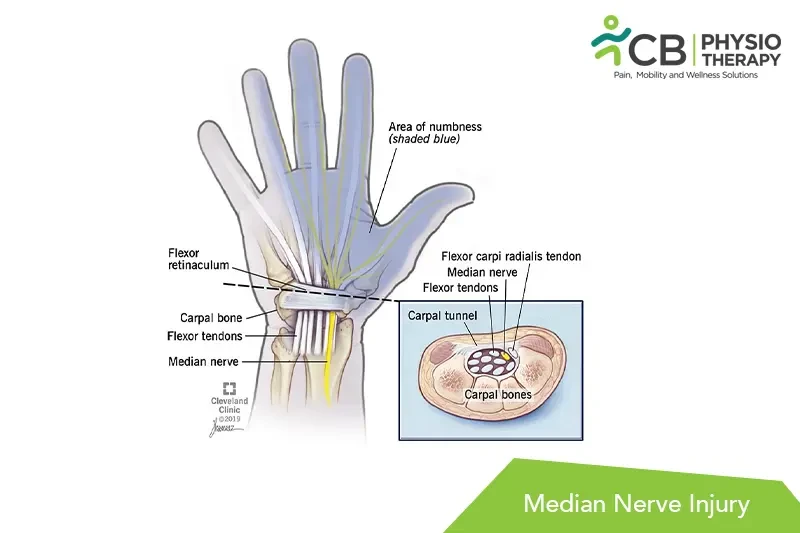Cryotherapy: Cryotherapy or cold therapy helps reduce inflammation and swelling in the affected area. The physiotherapist may use a cold towel or an ice pack to apply to the affected area.
Thermotherapy: Thermotherapy or heat therapy helps to improve circulation and reduce muscle tension in the affected area. The physiotherapist may use a warm towel or a hot pack to apply heat to the affected area.
Transcutaneous Electrical Nerve Stimulation (TENS): This involves the use of low-frequency electrical stimulation to reduce pain and inflammation. The TENS unit is connected to adhesive electrodes placed on the skin around the affected area. The electrical stimulation helps to block pain signals from reaching the brain, providing pain relief.
Electrical Muscle Stimulation (EMS): This involves the use of electrical stimulation to activate the muscles around the affected area. The EMS unit is connected to adhesive electrodes placed on the skin over the affected muscles. The electrical stimulation helps to improve muscle strength and function, which is particularly useful in cases where the median nerve injury has caused muscle weakness or wasting.
Ultrasound Therapy: This involves the use of high-frequency sound waves to promote healing and reduce inflammation. The ultrasound device is applied to the skin over the affected area, and the sound waves penetrate the tissues to promote circulation and accelerate the healing process.
Iontophoresis: This involves the use of a small electrical current to deliver medication directly to the affected area. The medication is applied to a patch placed on the skin over the affected area. The electrical current helps to drive the medication into the tissues, providing localized pain relief and reducing inflammation.
Range of motion exercises:These exercises aim to improve the flexibility and range of motion in the affected hand and wrist. Examples include wrist flexion and extension, finger flexion and extension, and forearm supination and pronation.
Strengthening exercises: These exercises aim to improve the strength and function of the muscles in the hand and wrist. Examples include grip strengthening exercises, wrist curls, and forearm pronation and supination exercises.
Neural gliding exercises: These exercises aim to improve the mobility of the median nerve and reduce tension or adhesions that may be limiting its function. Examples include nerve gliding exercises, median nerve flossing, and carpal tunnel gliding exercises.
Sensory re-education exercises: These exercises aim to improve sensory function and retrain the brain to interpret sensory input from the affected hand and wrist. Examples include texture recognition exercises, two-point discrimination exercises, and vibration therapy.
